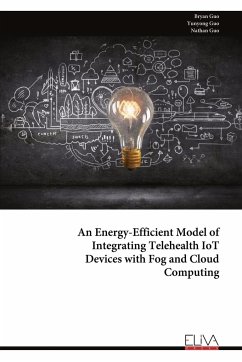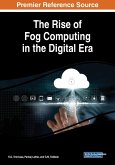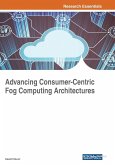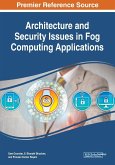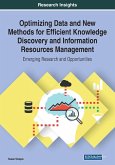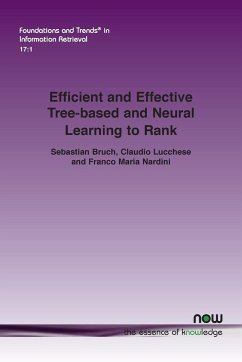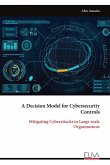The burgeoning use of telehealth Internet of Things (IoT) devices has generated concerns surrounding energy utilization and data processing efficacy in healthcare informatics. The increasing deployment of these devices in telehealth applications necessitates efficient energy management and effective data processing solutions to maintain sustainable operations and high performance. In response to these challenges, this paper presents an innovative, energy-conserving model that amalgamates telehealth IoT devices with a fog and cloud computing-based platform, furnishing a durable and eco-friendly solution to address these issues. The proposed model leverages the complementary strengths of fog and cloud computing to optimize resource allocation and minimize energy consumption. Fog computing is employed for local data processing, enabling real-time analysis and decision-making at the edge of the network, which reduces latency and bandwidth usage. This localized processing capability significantly decreases the energy required for data transmission to distant cloud servers. Meanwhile, cloud computing is utilized for tasks that demand extensive computational resources, such as large-scale data analytics and long-term storage, ensuring that high-intensity processes are managed efficiently without overburdening local devices. Our design incorporates adaptive energy-saving strategies, such as dynamic workload distribution and intelligent resource management, which adjust to varying operational conditions to enhance overall energy efficiency. The integration of both private and public cloud frameworks provides a flexible and scalable infrastructure, allowing for seamless expansion and adaptation to different healthcare environments. Simulation analyses substantiate the effectiveness of our model, demonstrating substantial improvements in energy efficiency for telehealth IoT systems when combined with localized fog nodes and cloud platforms. Furthermore, our model addresses key issues related to data security and privacy by enabling sensitive data to be processed locally, thereby reducing the risk of exposure during transmission.
Bitte wählen Sie Ihr Anliegen aus.
Rechnungen
Retourenschein anfordern
Bestellstatus
Storno

